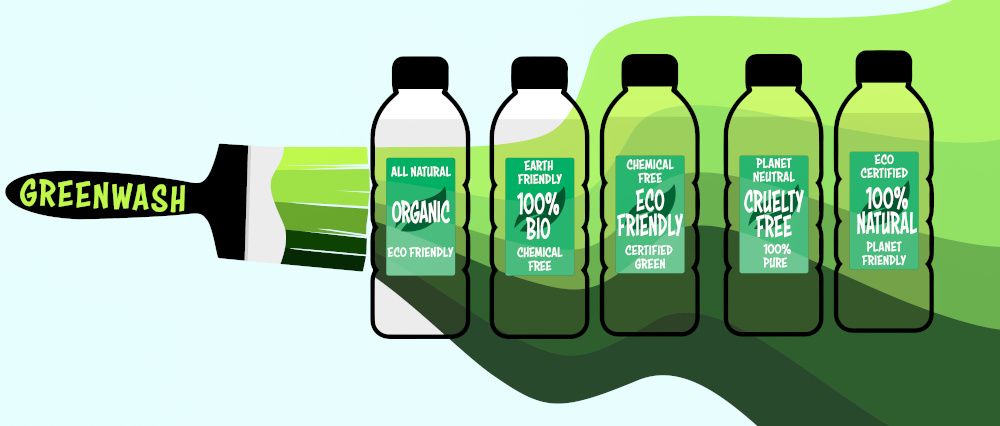How can you make sustainability claims consumers can trust?
With greenwashing prevalent, consumers can be skeptical of companies’ sustainability claims. What’s the best way to earn their trust? By substantiating your claims with data.
With greenwashing prevalent, consumers can be skeptical of companies’ sustainability claims. What’s the best way to earn their trust? By substantiating your claims with data.
At March’s Natural Products Expo West trade show in Anaheim, CA, Nutritional Outlook interviewed HowGood, a company whose proprietary sustainability database captures data from more than 600 independent data sources and certifications and uses that data to assess the social and environmental impact of more than 33,000 ingredients using eight core metrics: greenhouse gas emissions, water usage, biodiversity, soil health, land use, labor risk exposure, animal welfare, and processing. Companies can then use this data to measure the sustainability of their own ingredients and products.
“From there, you can take the information and begin to tell a story about the sustainability of your ingredients and your products, and you can use that to make claims, comparative claims, climate-friendly attributes, product ratings, or even impact labels,” said Emma Yates, member of HowGood's growth and innovation team, at Expo West.
A lot of companies like to explain how much more sustainable their product is compared to the competition. “A really popular claim that a lot of brands are interested in is looking at their products compared to the category that they’re in,” Yates said. For instance, info from HowGood’s database can enable a vegan ice cream company to make a claim like “Our plant-based ice cream uses 54% less water than conventional ice cream.”
Even more importantly, companies can learn where their own sustainability gaps are. Using the database information, Yates said, you can learn which of your products or ingredients are less sustainable than they could be. Or you might learn that some of your products or ingredients are even more sustainable than you’d realized.
The goal is to be able to make sustainability statements that are substantiated. A database like HowGood can make doing this much easier. As HowGood states, “Ingredient suppliers must be able to measure, improve, and communicate sustainability impact. But there are challenges.” One of those challenges is resource intensity. “Traditional lifecycle assessments are expensive and time-consuming to produce.” Lack of data is also an issue. "Most of the impact of food producers happens beyond operations, where lack of data is often an issue,” it says.
A resource like HowGood is especially helpful for smaller companies. For instance, said Yates, “We have some CPG customers that are using our data to communicate directly to their retailer customers, especially smaller CPGs that are just trying to get their foot in the door with these larger retailers that value regenerative and sustainable products in their stores. They’re able to use these types of sustainability scorecards and sustainability data to tell their story in that B2B way.”
In short, having the data to back sustainability claims assures companies that their claims are solid. As Yates said, “It’s really important for brands to be confident in the claims that they’re making and that they’re founded on sound data and that the wording is correct so that they’re actually guiding their customers in a way that is leading them toward the more sustainable choice versus misleading them just to make a dollar or two.”
Prinova acquires Aplinova to further increase its footprint in Latin America
April 7th 2025Prinova has recently announced the acquisition of Brazilian ingredients distributor Aplinova, which is a provider of specialty ingredients for a range of market segments that include food, beverage, supplements, and personal care.











